Sample information |
|
| Picture |

|
|---|---|
| Location | |
| Collection date | 03/10/2025 |
| Captive / Cultivated? | Wild-caught |
| Group | Thomas Jefferson High School for Science and Technology |
| Observations | The arthropod looks yellowish-orange, and has a lot of legs coming out of the sides of its body. Its antennae are thicker than its legs, and at the front it wields a pair of two sharp looking fangs/pinchers. |
| Putative identification | Arthropoda Chilopoda Geophilomorpha Linotaeniidae Strigamia |
Methods |
|
| Extraction kit | DNeasy (Qiagen) blood and tissue kit |
| DNA extraction location | Partial abdomen |
| Single or Duplex PCR | Single Reaction |
| Gel electrophoresis system | MiniPCR |
| Buffer | TBE |
| DNA stain | SYBR Safe |
| Gel images |
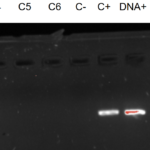
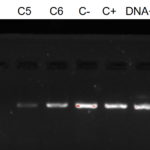
|
| Protocol notes | |
Results |
|
| Wolbachia presence | No |
| Confidence level | High |
| Explanation of confidence level | Since the arthropod and Wolbachia controls came out as expected, that means that no contamination occurred after the extraction process. Furthermore, in addition to gel electrophoresis, we also quantified our DNA using a NanoDrop spectrophotometer, and the results came back in ranges that showed no signs of excessive contamination or inefficient reagents (e.g. excessive protein absorbance from ineffective proteinase K). |
| Wolbachia 16S sequence | |
| Arthropod COI sequence | Download AB1
|
| Summary | The Strigamia was found to be negative for Wolbachia. |
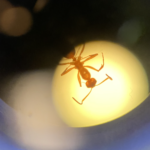 Formica Pallidefulva
Formica Pallidefulva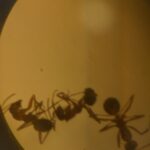 Formica Pallidefulva
Formica Pallidefulva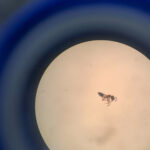 Ant
Ant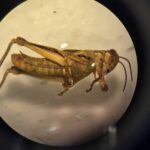 Differential Grasshopper – Melanoplus differentialis
Differential Grasshopper – Melanoplus differentialis Pill Bug (Armadillidium vulgare) – Draft
Pill Bug (Armadillidium vulgare) – Draft